No products in the cart.
recipes
Brush up your braai skills!
Tongs at the ready! Summer’s here and it’s time to fire up the coals. Here are top tips to make your braai brilliant.
You know summer is in full swing when delicious braai aromas waft through your neighbourhood. With clear skies and warm weather, many people are getting braai fires going and inviting friends and family to join in this quintessentially South African pastime.
But when you’re the one with the braai tongs in your hand, how confident do you really feel? Make a few ill-advised decisions and it could all go horribly wrong.
Your brother-in-law asked for his steak to be medium rare, but when he cuts into it he’s disappointed to discover there isn’t a hint of pink inside. Or the coals were too hot and you’ve burnt the outside of the chicken pieces while the inside is still raw.
If you want to be a braai master, you have to practise, says Jean Nel, a braai coach and author of Braai the Beloved Country.
“The more you braai the better understanding you’ll have of fire. Just be organised. Have the braai ready, the fire perfect and the tongs and other equipment nearby.” Follow these expert tips and you’ll be braaiing like a seasoned pro.
These tips will help you become a braai expert:
LAMB CHOPS
If you want to prevent flare-ups, trim the fat off chops, braai coach Jean Nel advises.
“Medium high heat works perfectly with lamb chops. Sear the chops then turn them once or twice. Lamb should still be medium once you take it off the braai.”
Banters (and even those not on the high-fat, low-carb diet) may be hesitant to trim the fat. YOU food editor Carmen Niehaus suggests threading three lamb chops on a kebab skewer and placing them fat side down on the grill. Cook until they’re nice and crispy, remove, and then braai each chop individually until cooked.
SAUSAGE
Don’t even think of par cooking sausage before the braai, Jean says. There’s no need for this.
“It’s simple. Start to braai the sausages on the cooler part of the fire to allow the inside to cook fully,” he explains. “Then use braai tongs to move them to the hotter side of the fire. This gives the finishing touch.”
STEAK
People are picky about steak. Some retreat at the sight of pink juice flowing out of a rare steak, while others are turned off completely by anything above medium rare.
Cooking times depend on the size of your steak but here’s a rough guide.
- Rare: five to six minutes
- Medium rare: seven to eight minutes
- Medium: eight to 10 minutes
- Medium well: 10 to 11 minutes
- Well done: “Wouldn’t recommend it for steak,” Carmen says.
Make sure your coals are very hot. “Never put steak on a cool fire,” Jean says. “Leave it at room temperature for at least an hour before the braai. Salt early and often as this adds flavour and keeps the steak juicy. Sear the steak on hot coals then moves it to the cooler side.”
Carmen prefers thick steaks, at least 3 cm. And chef and Ultimate Braai Master Judge Bertus Basson points out that fillet have the least flavour. “Try rump or sirloin,” he suggests.
CHICKEN
At a braai chicken often takes a backseat to traditional favourites such as lamb chops and sausage, but if chicken is done right, your guests will happily give red meat a miss.
“Chicken breast off the bone is perfect for quick medium-to-high-heat braaiing,” Jean says. Just make sure all the pieces are about the same size.
“Wings are for low-maintenance braaiing. Braai over low to medium high heat.”
Breasts with skin and bone work best in a kettle braai. “A simple dry rub is amazing with this,” he adds. Chicken has a neutral flavour, making it perfect for marinades, Carmen says.
“If you marinate chicken, dry it off with paper towels before cooking, otherwise the marinade may burn.” Brush the chicken with the marinade five minutes before it’s done, Jean says.
“Chicken is the best meat choice for kebabs. It won’t be tough and goes well with anything else you skewer on the kebab.”
RIBS
“Meaty ribs are from the belly of a pig,” Jean says. “It’s a heavier meat cut than for instance baby back ribs. Preheat the oven to 180 °C, marinate the ribs with a rub or marinade, foil them and put them in the oven for up to two hours. Then grill them on the hot coals for 10 to 15 minutes.”
Put lamb ribs in a folding grid and put it on the side of the fire to cook slowly, Carmen says. “This is called a stand-up rib.”
Turn it every now and then. The whole rib is then cut into individual ribs and each is dipped into marinade and quickly braaied meat side down until nice and crispy.
VEGGIES
Instead of serving salad as a side dish, change things up by cooking vegetables on the braai. Your vegetarian friends will thank you!
Carmen suggests cutting vegetables such as cauliflower, brinjals and baby marrows into slices and braaiing them over the coals until browned on the outside. “Brush often with olive oil,” she adds.
When is the meat done?
Don’t have a thermometer at hand? No problem. You can use your index finger to check if meat is cooked to perfection. “If it’s soft to the touch, the steak is rare. Feel it again two minutes later. Soft with some resistance? Medium rare,” explains Jean Nel, author of Braai the Beloved Country. “The muscle fibres become harder as the meat is braaied through. The firmer it feels, the more well-braaied it is.”
Get to know your butcher
You need quality meat for a good braai. “I’d love to see more butcher shops around. We live in an era of vacuum-packed meats where we simply don’t know the source,” says Jean Nel, a braai coach and author of Braai The Beloved Country. “Get to know your butcher. Ask them to cut the meat you require for your next braai.”
Chef and Ultimate Braai Master judge, Bertus Basson agrees. “Get to meet, support and form a relationship with your nearest butcher and follow their recommendations because they should know best.”
Common braai blunders
- Don’t overcook the meat or it will be overdone and dry, YOU food editor Carmen Niehaus warns. If your guests end up munching dry lamb chops, next time they’ll confiscate the braai tongs and relegate you to making salads or pouring drinks.
- If your coals aren’t the right heat, chances are your braai won’t be a success. Steaks and chops require extremely hot coals, Carmen says. Larger pieces of meat, chicken and griddlecakes should be cooked over medium heat.
- Never stick a fork in a piece of meat. This causes the juices to run out and the meat will be dry.
- Don’t serve meat immediately after taking it off the braai. Although everyone is probably ravenous and eager to tuck in, you should allow large cuts of meat to rest for about 10 minutes. Your patience will be rewarded as the resting time allows the juices to be reabsorbed, making the meat juicier, Carmen explains.
Source: YOU Magazine


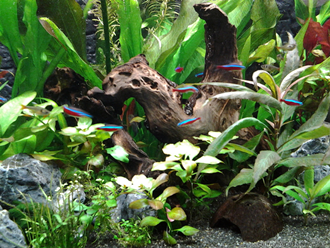 Mopane Roots – Aquariums
Mopane Roots – Aquariums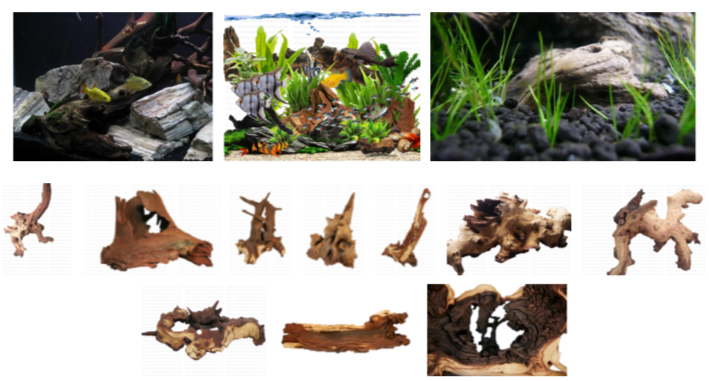
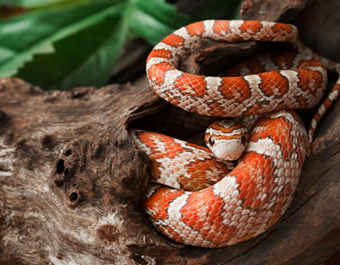 Mopane Roots – Vivariums
Mopane Roots – Vivariums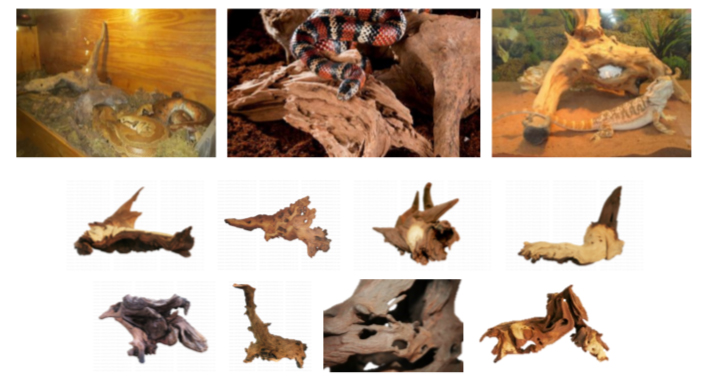
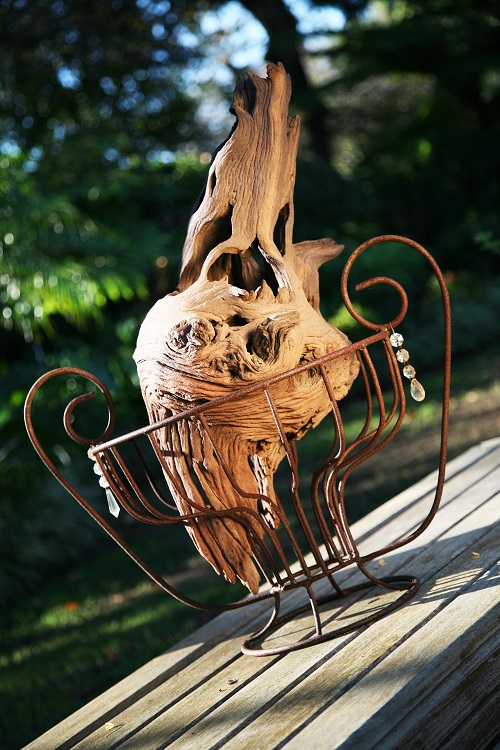 Mopane Roots – Decor
Mopane Roots – Decor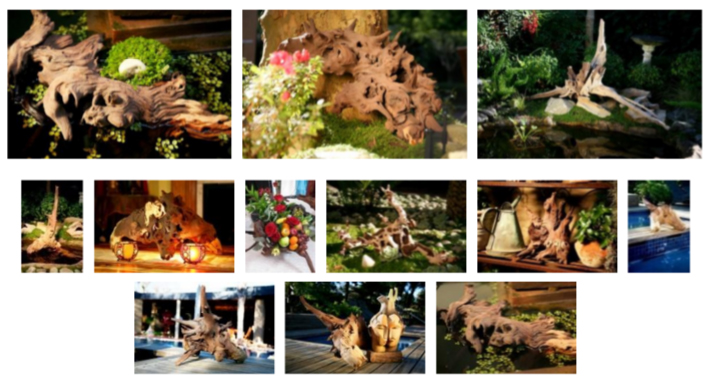
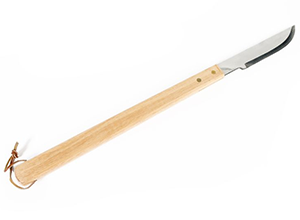
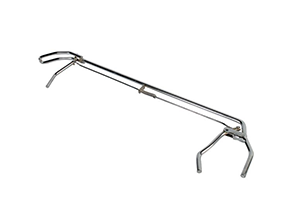
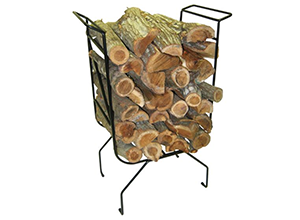
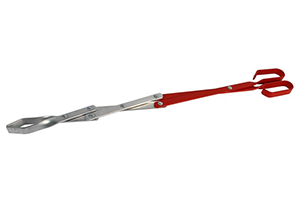
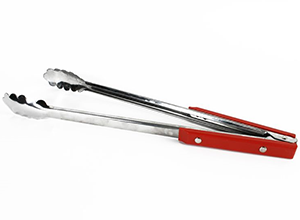
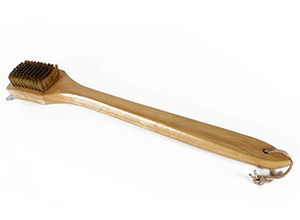
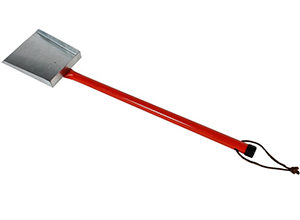

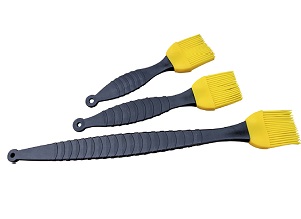
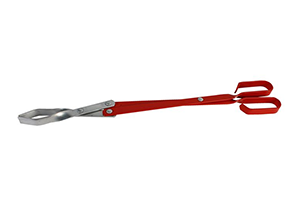
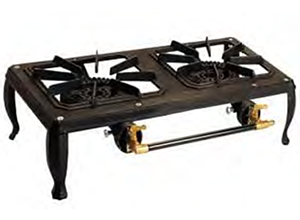
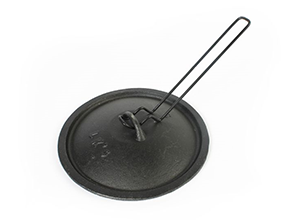
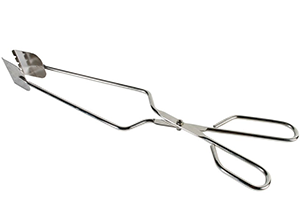
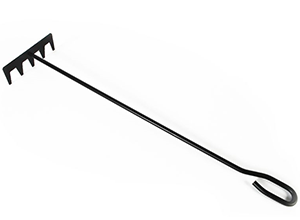
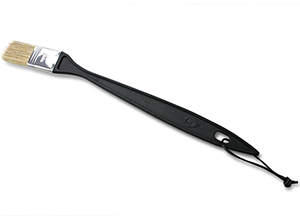
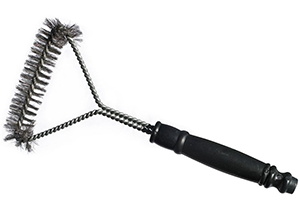
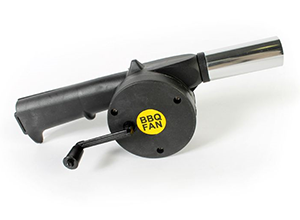
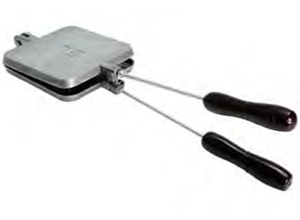
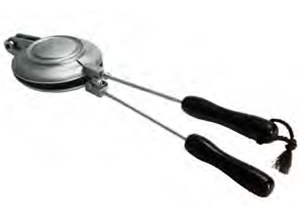
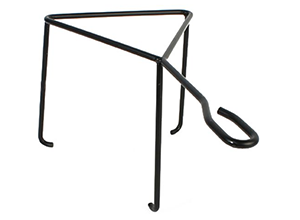
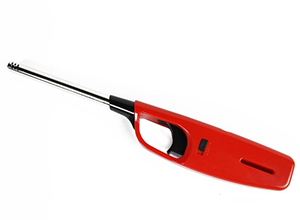



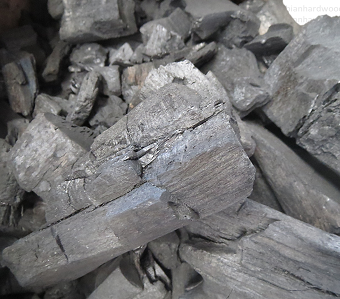
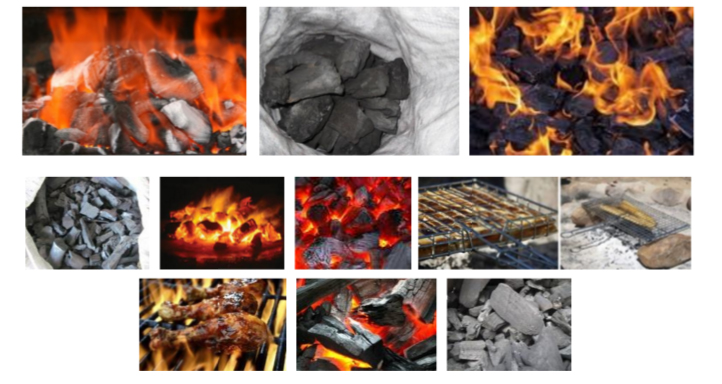
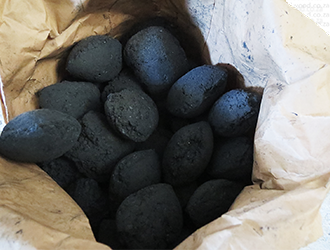
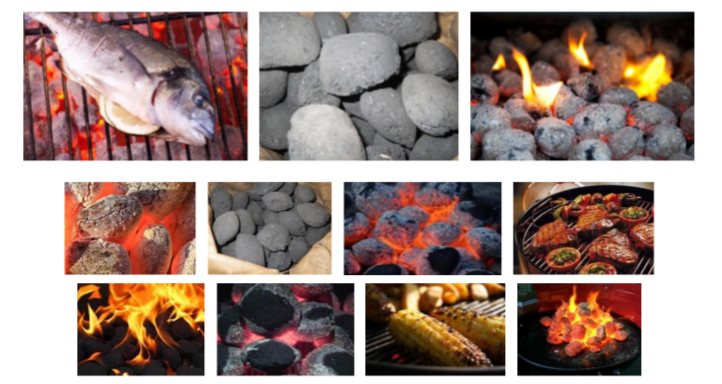
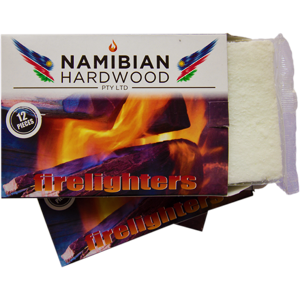
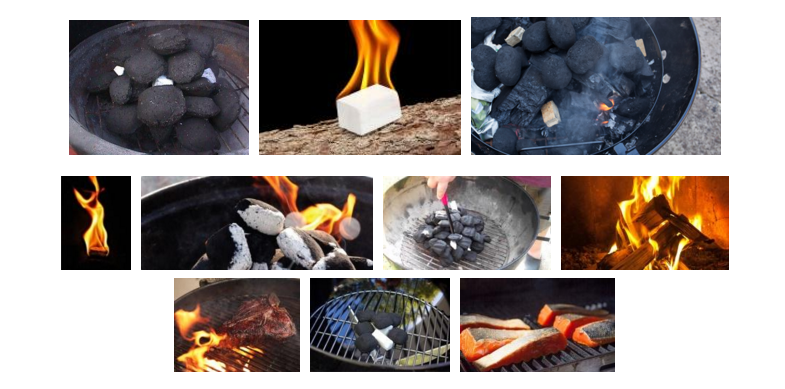
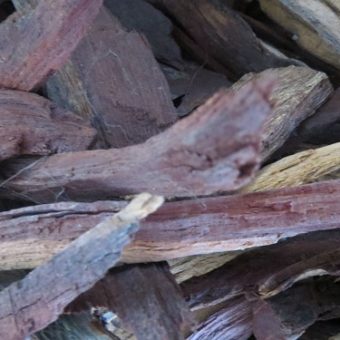
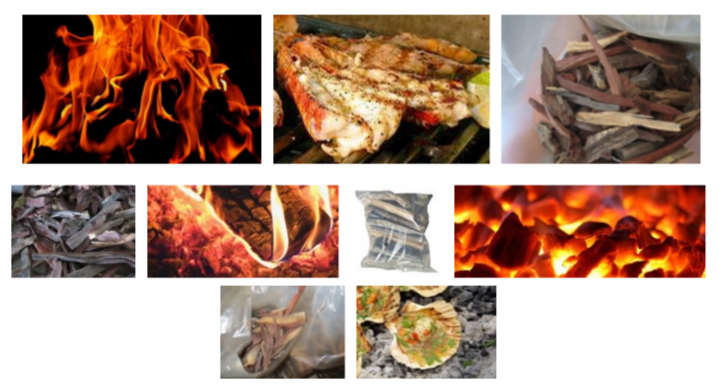
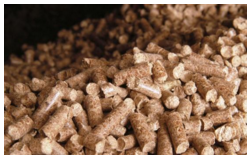



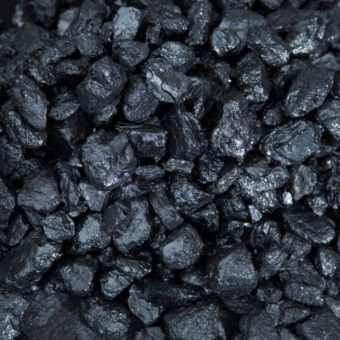

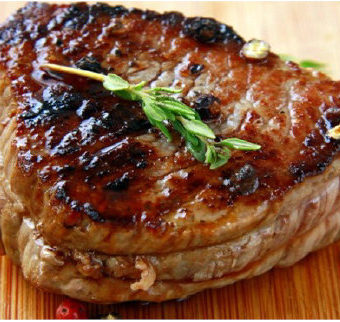 Blesbok
Blesbok
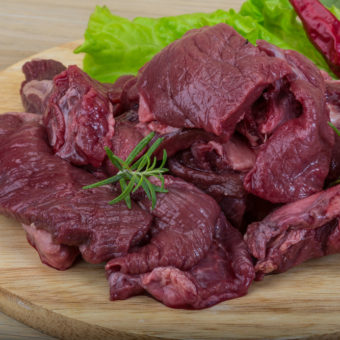 Blou/Blue Wildebeest
Blou/Blue Wildebeest
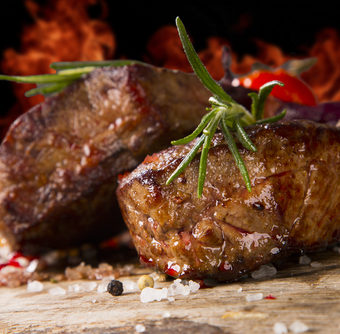 Eland
Eland
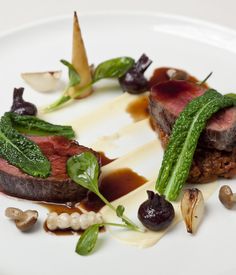 Gemsbok/Oryx
Gemsbok/Oryx
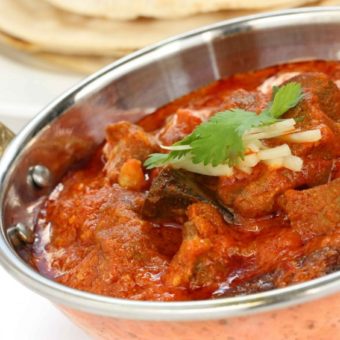 Goat
Goat
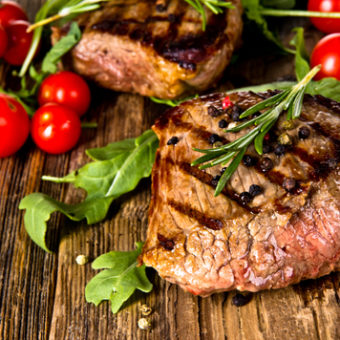 Impala
Impala
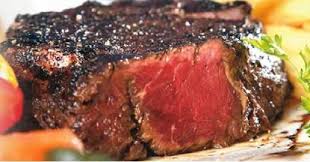 Kudu
Kudu
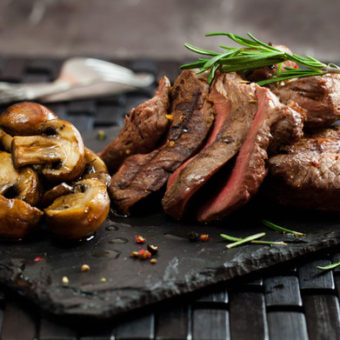 OSTRICH
OSTRICH
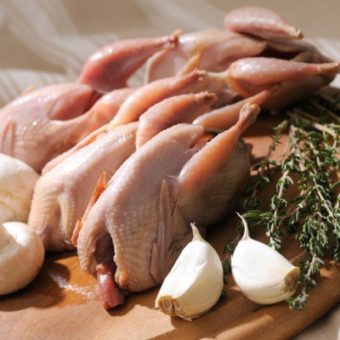

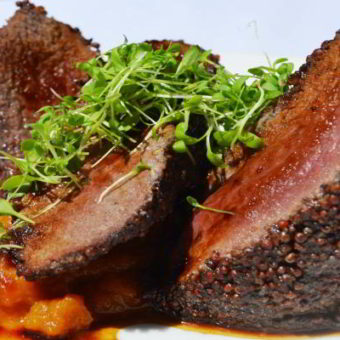

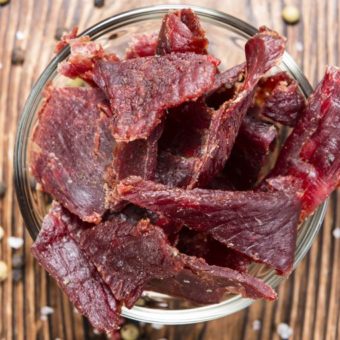
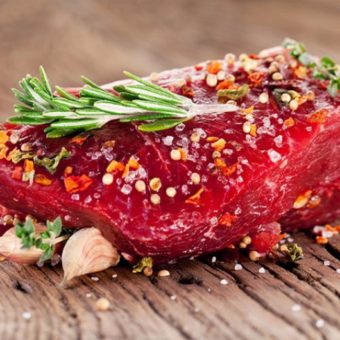 Zebra
Zebra
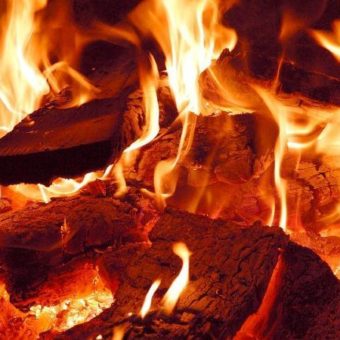 Sekelbos
Sekelbos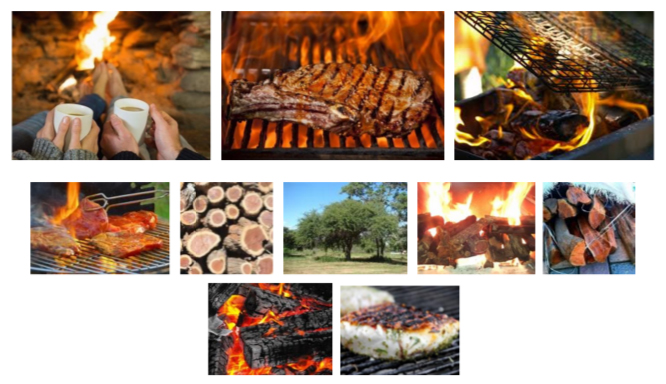
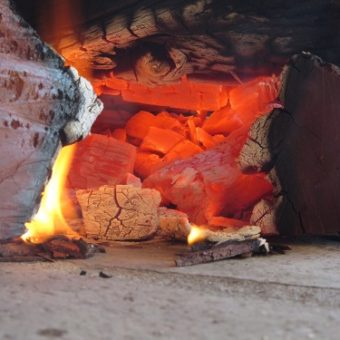
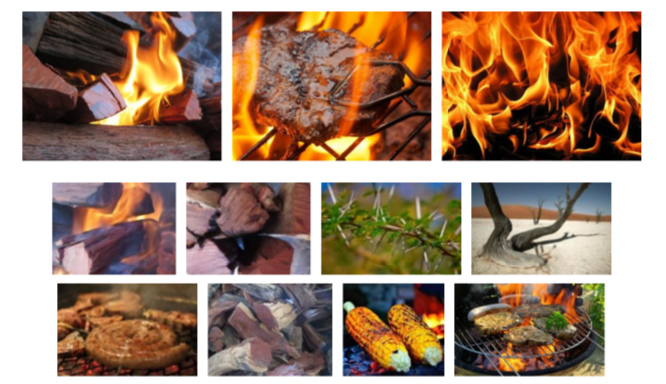
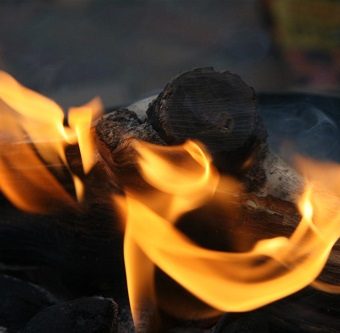 Mupane
Mupane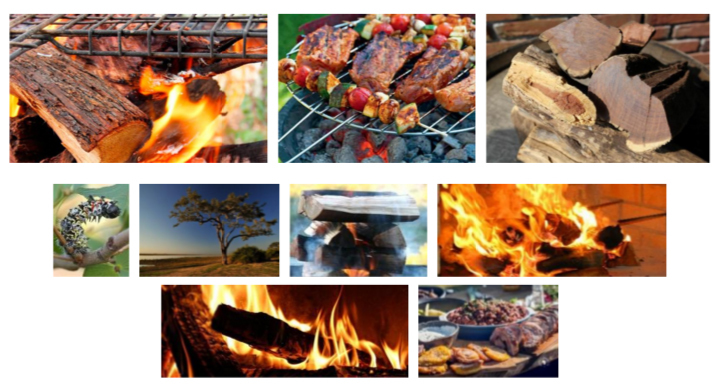
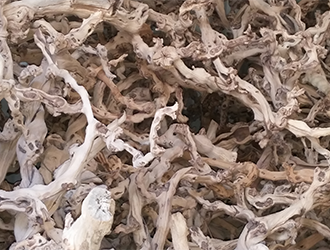 Wild Vines – Aquarium
Wild Vines – Aquarium
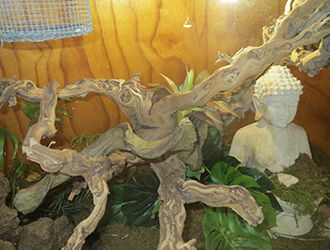 Wild Vines- Vivarius
Wild Vines- Vivarius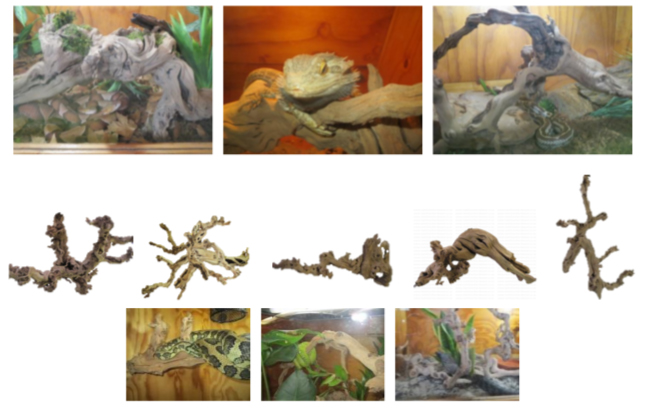
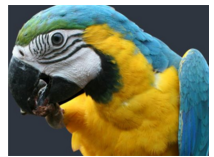

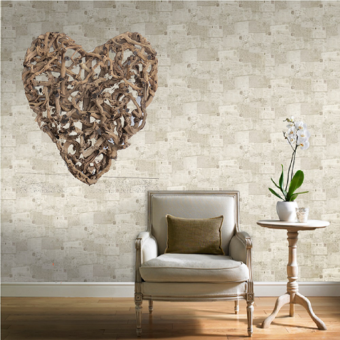

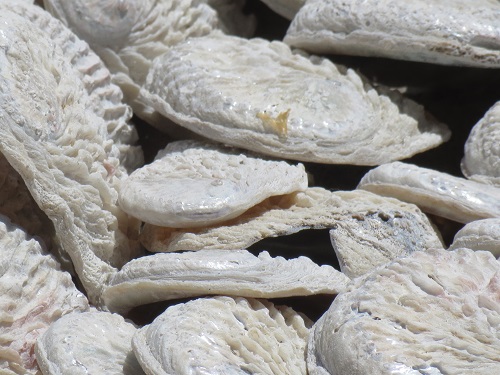
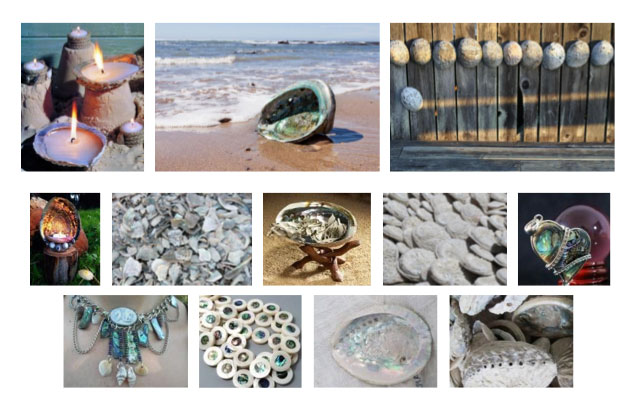
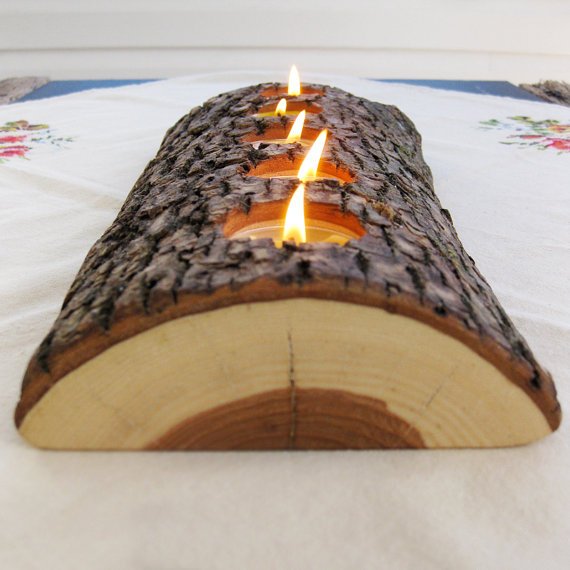 Candle Holders
Candle Holders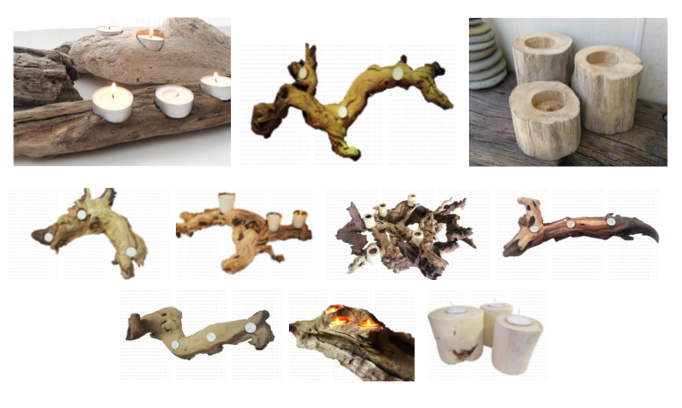
 Hides & Skins
Hides & Skins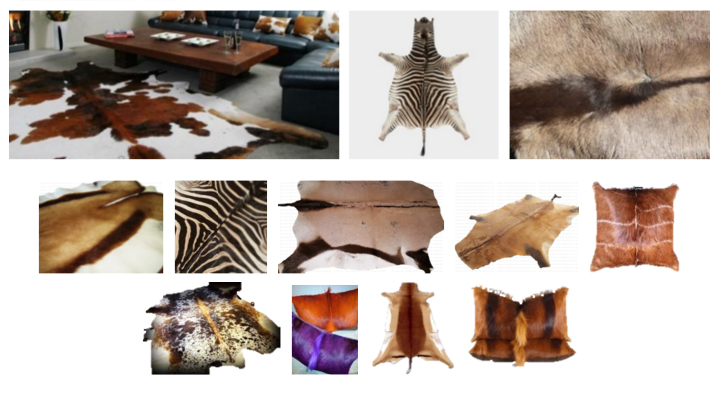
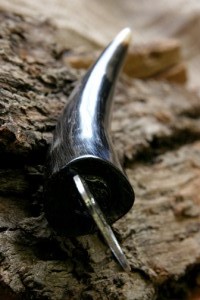
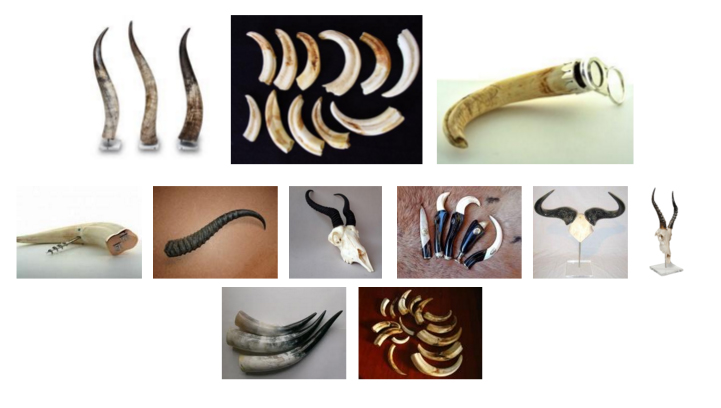
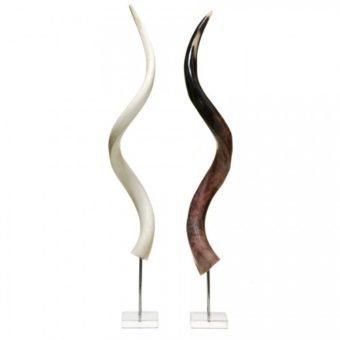 Kudu Horns
Kudu Horns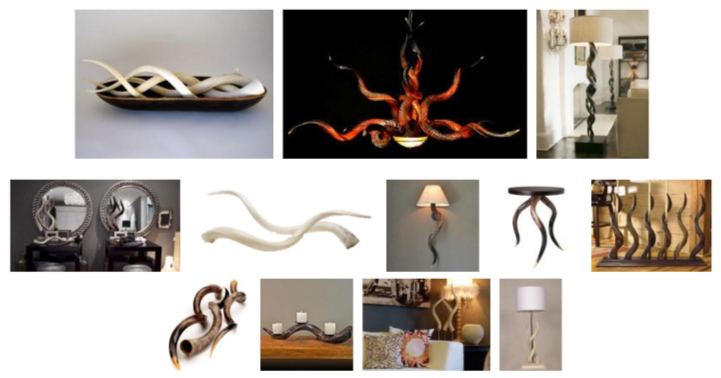
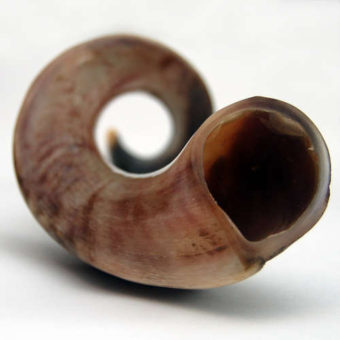
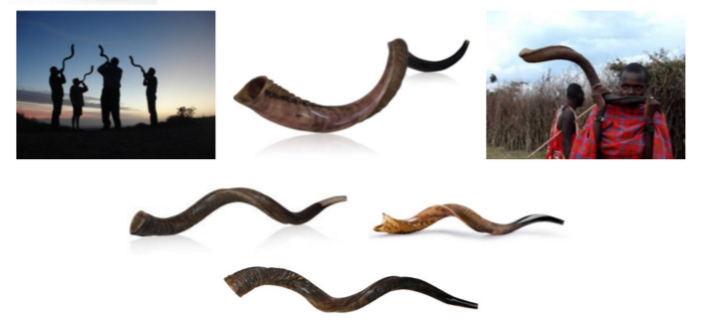
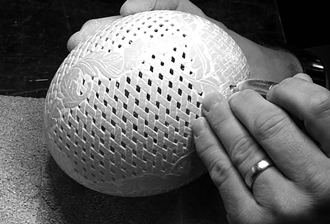 Ostrich Shells
Ostrich Shells
 Skulls
Skulls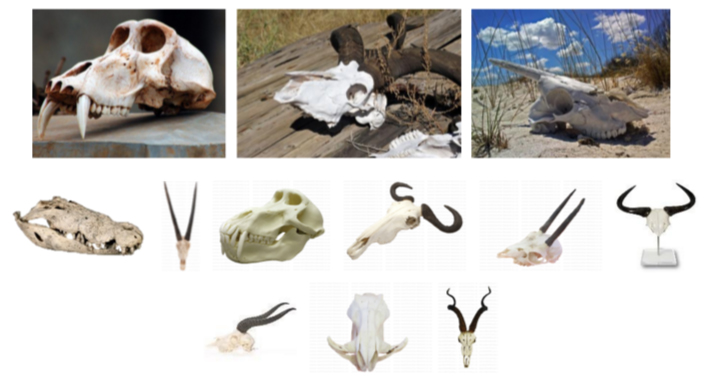
 Succulent Rocks
Succulent Rocks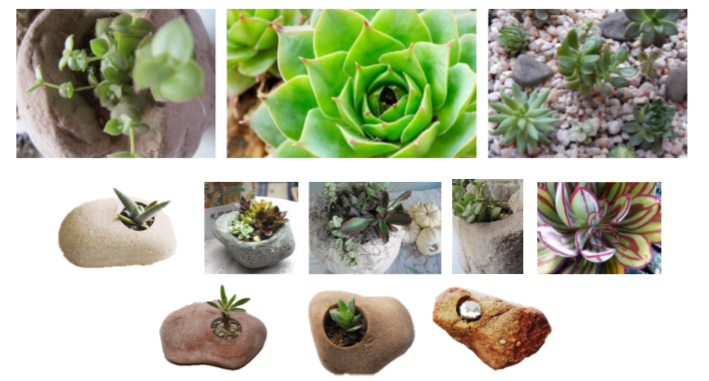


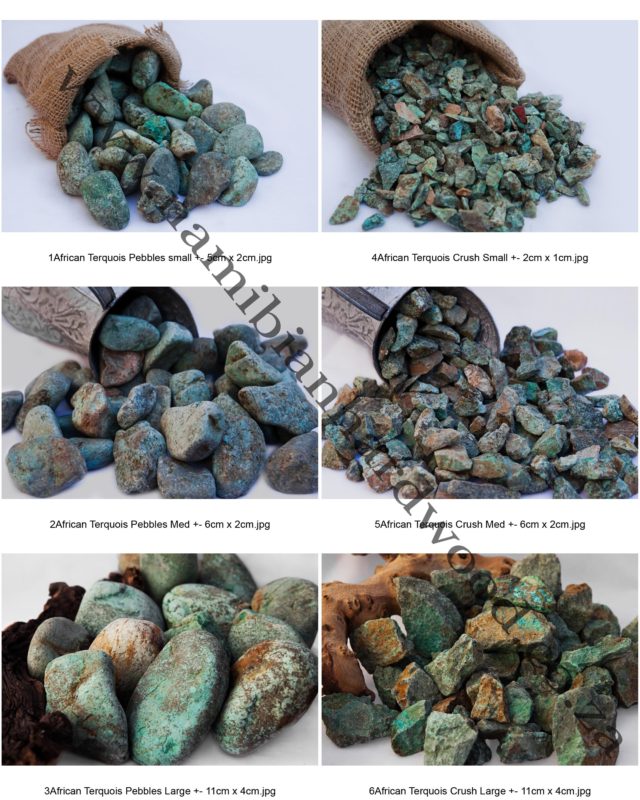 African Turquoise
African Turquoise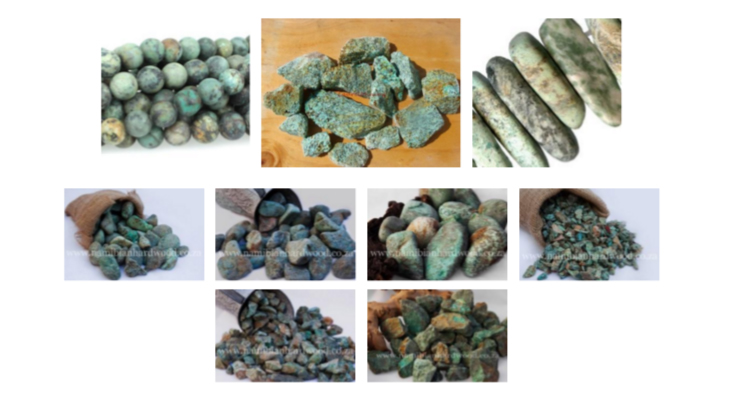
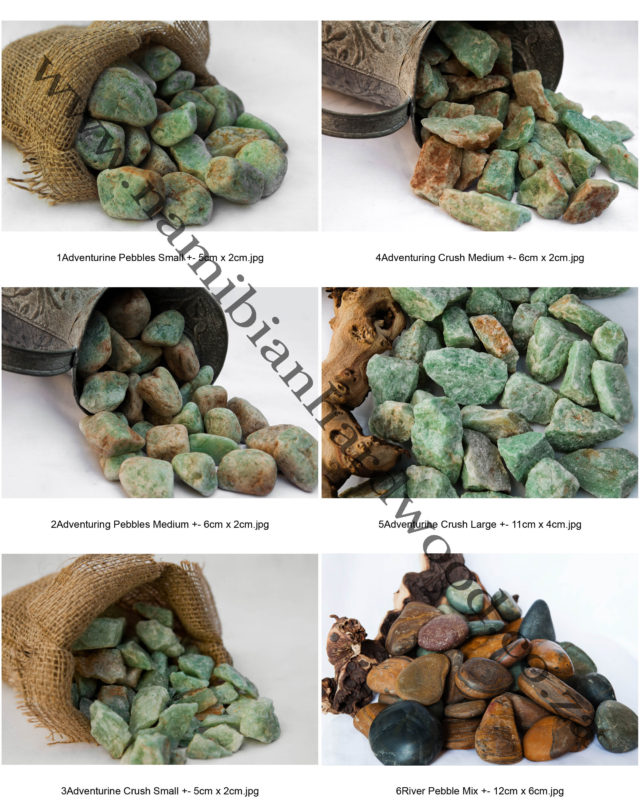 Aventurine
Aventurine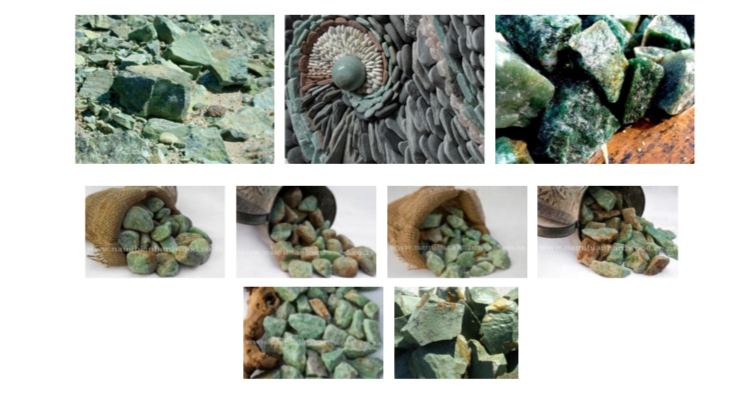
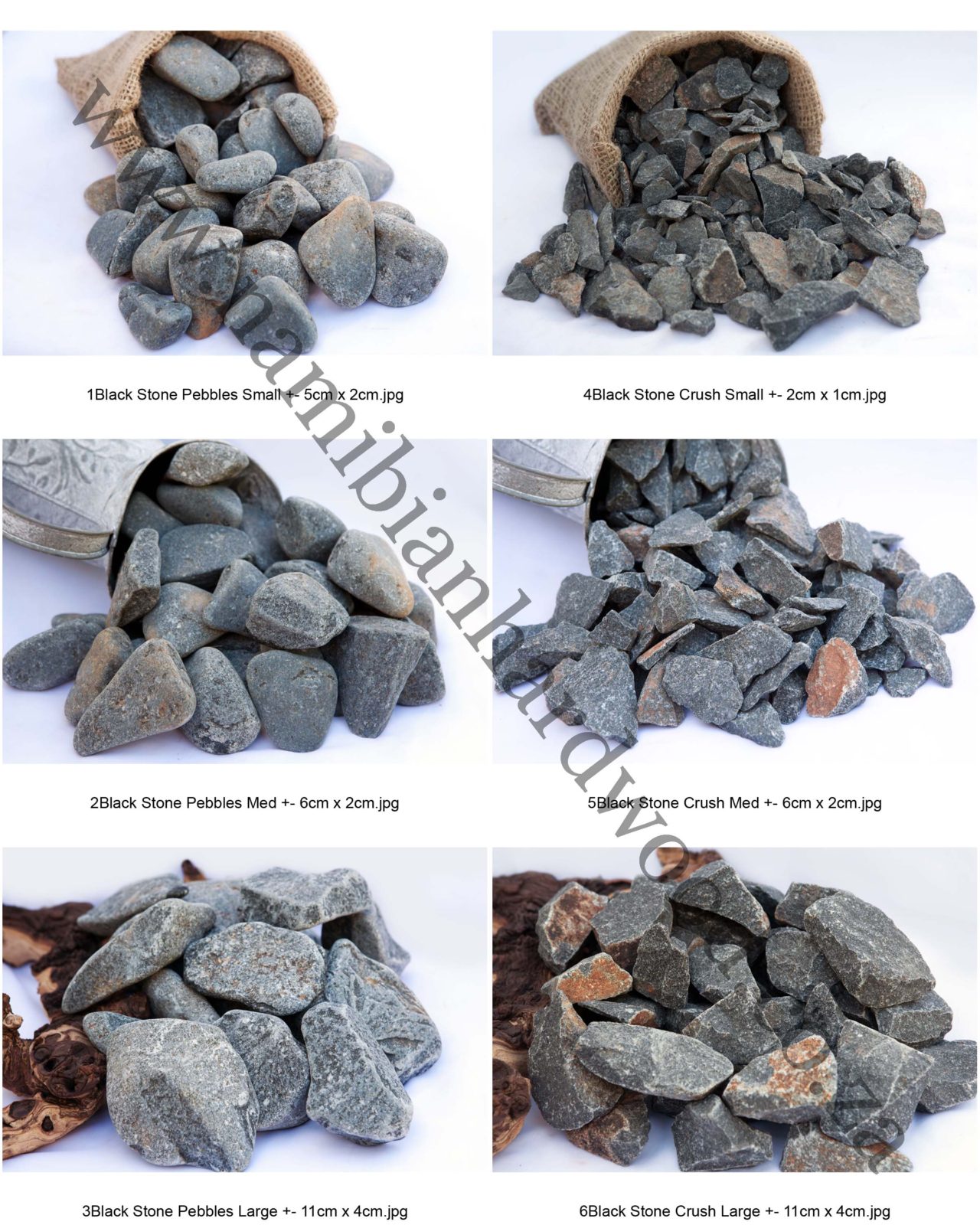 BlackStone
BlackStone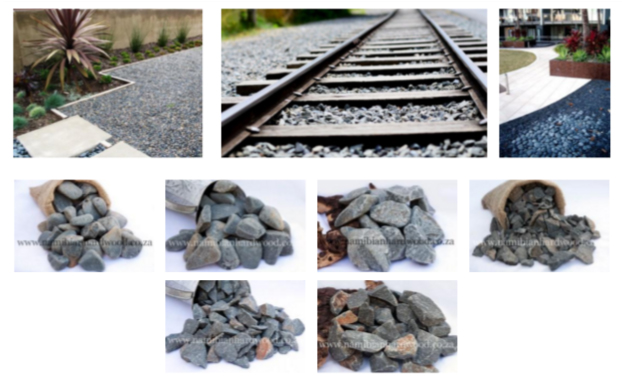
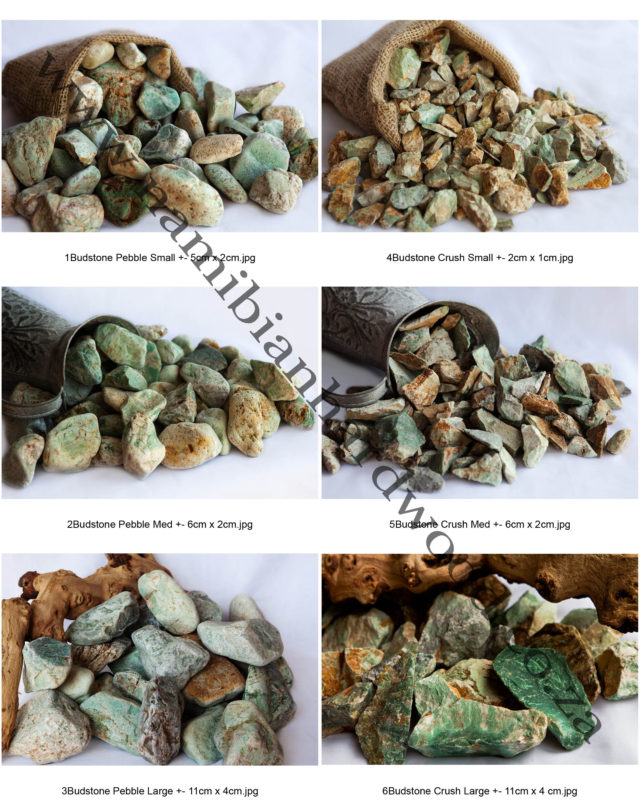 Budstone
Budstone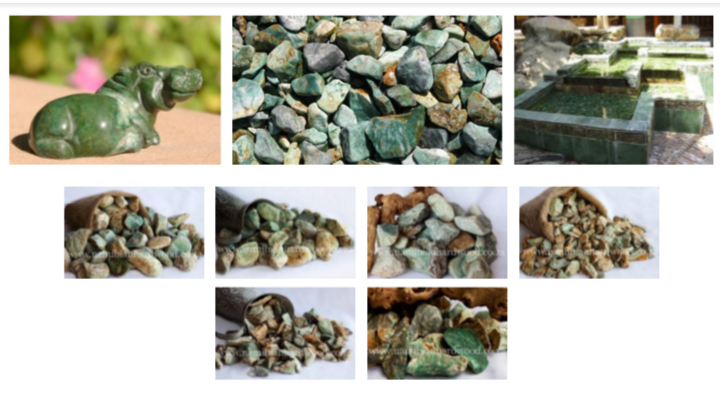
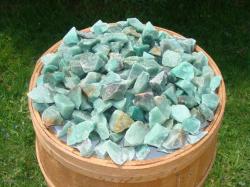 Green Quartz
Green Quartz
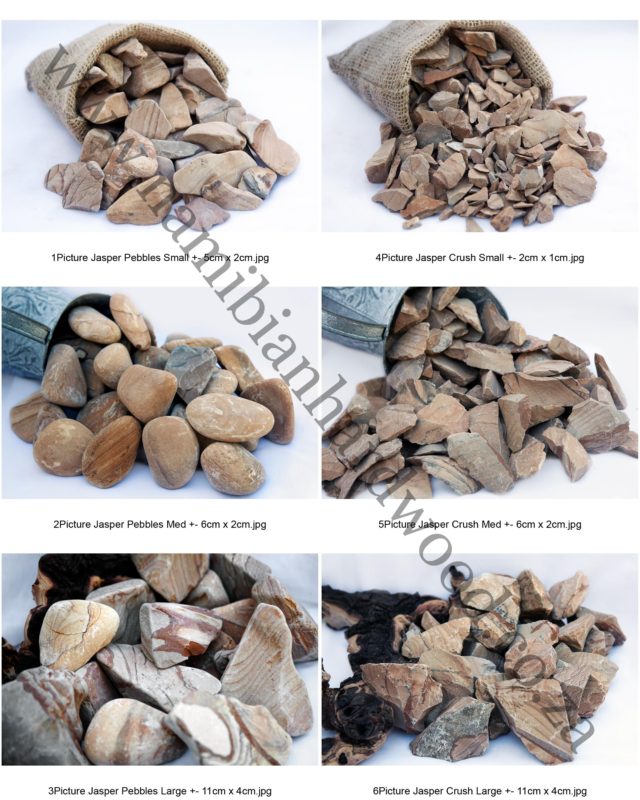 Picture Jasper
Picture Jasper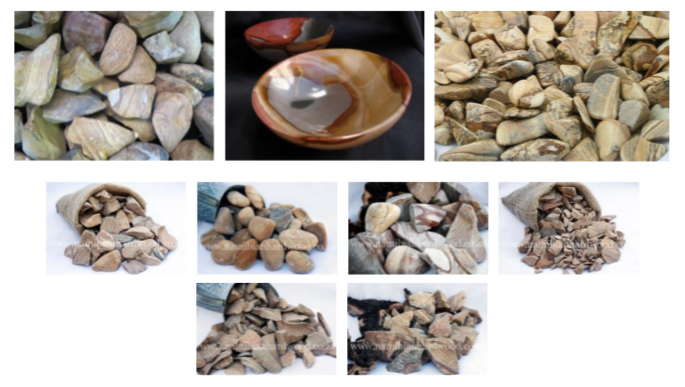
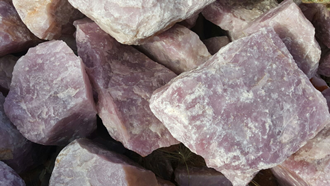 Purple Quartz
Purple Quartz
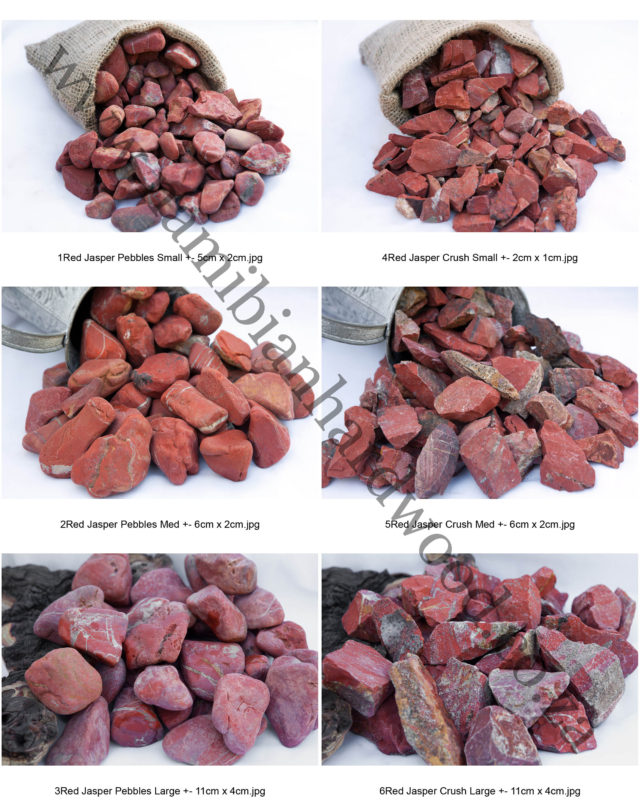 Red Jasper
Red Jasper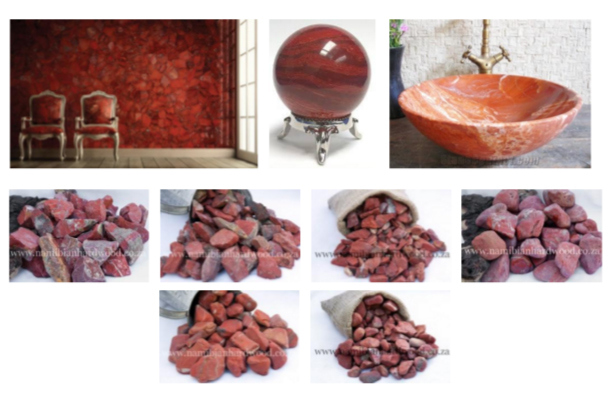
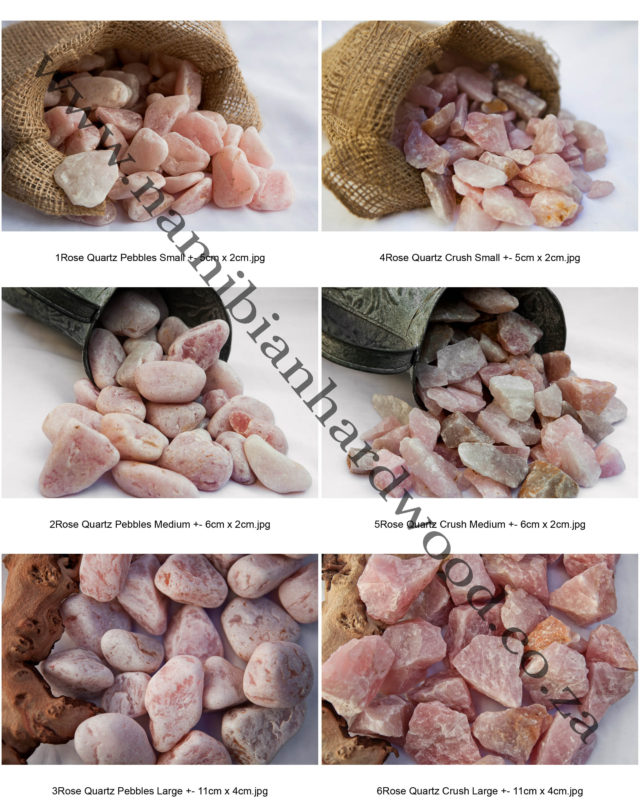 Rose Quartz
Rose Quartz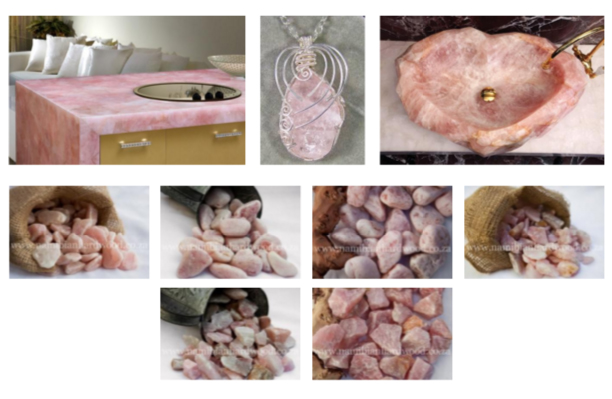
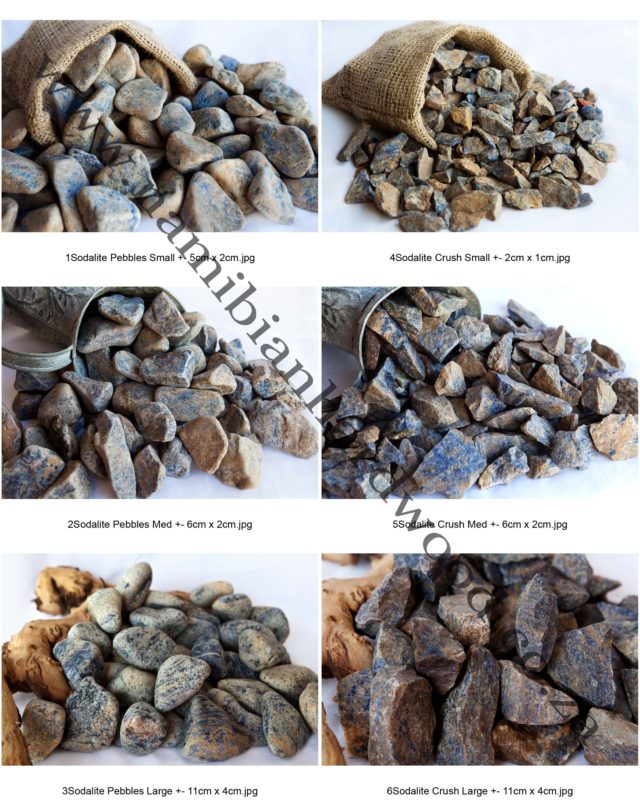 Sodalite
Sodalite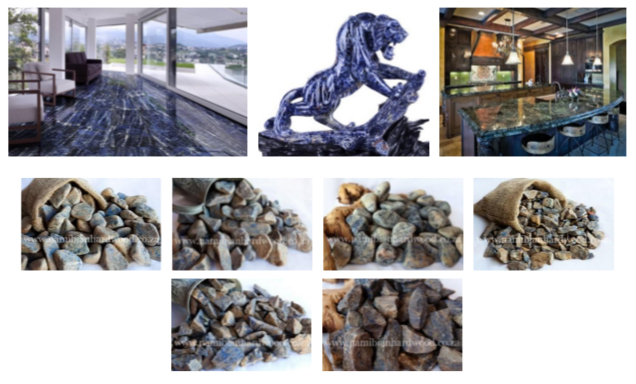
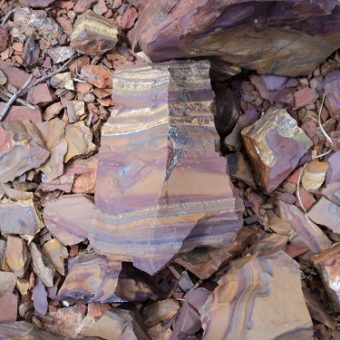 Tiger Eye Matrix
Tiger Eye Matrix
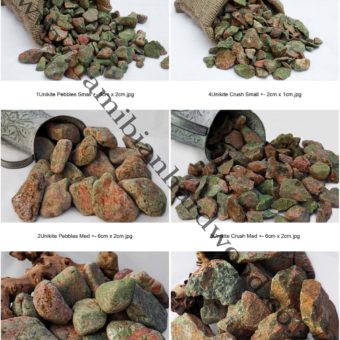 Unkite
Unkite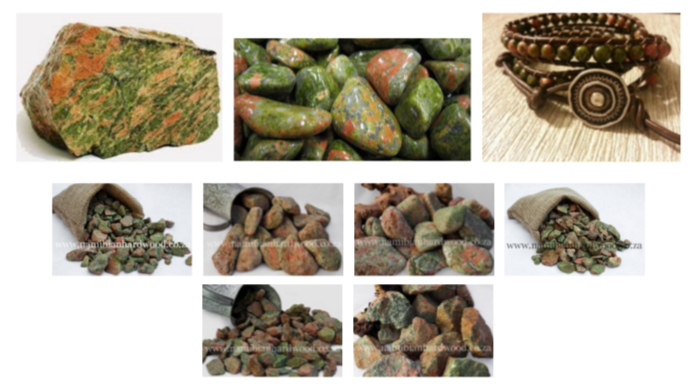
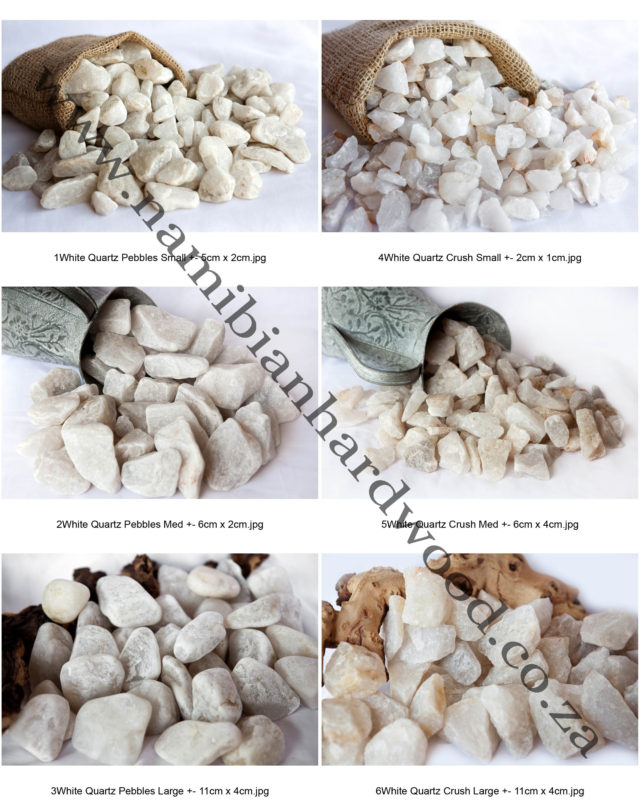

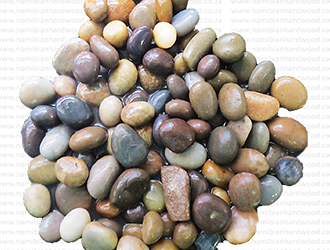

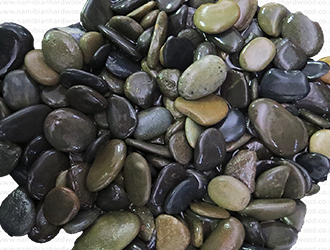
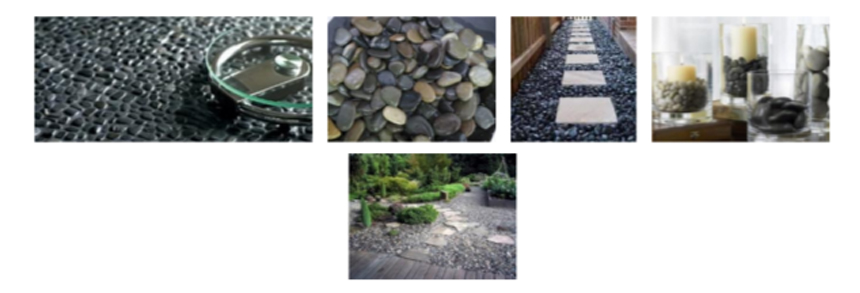
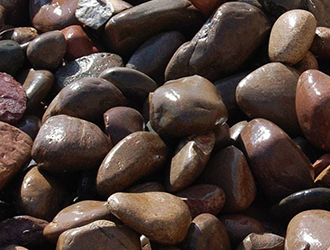



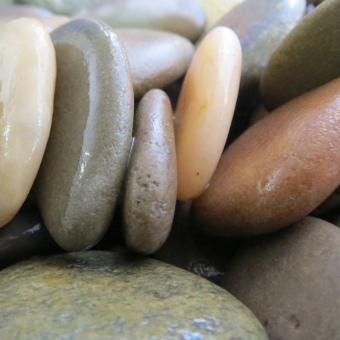
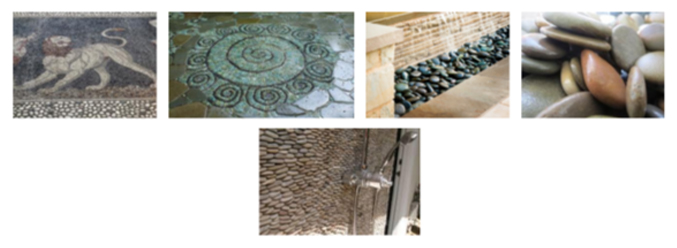
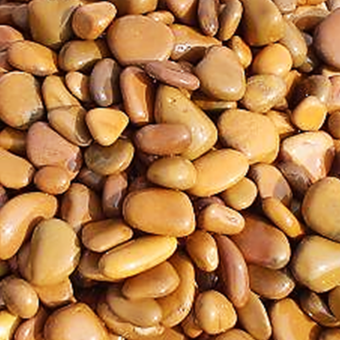
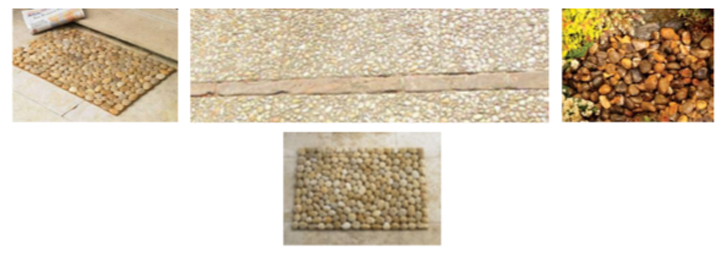
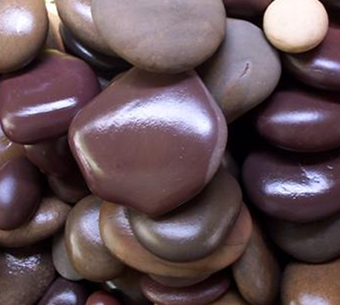



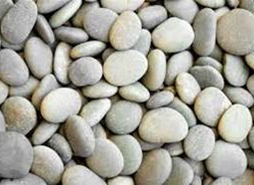

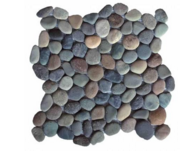

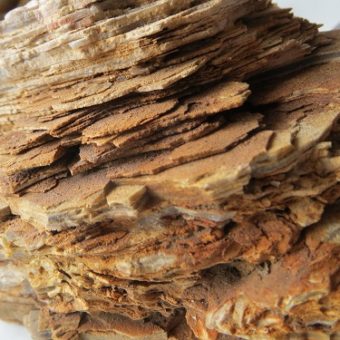 Colorado Rock
Colorado Rock
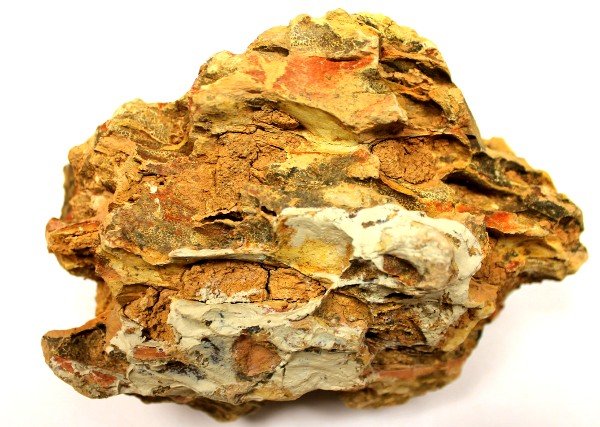 Dragon Rock
Dragon Rock
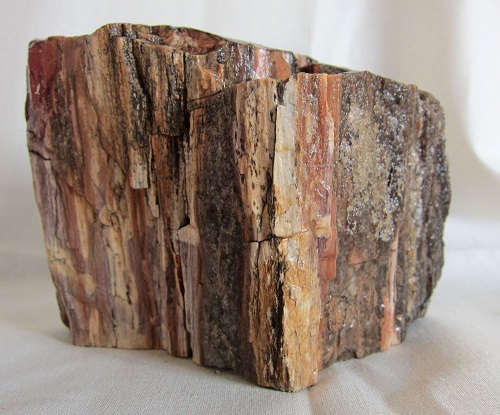 Fossilised Wood Stone
Fossilised Wood Stone
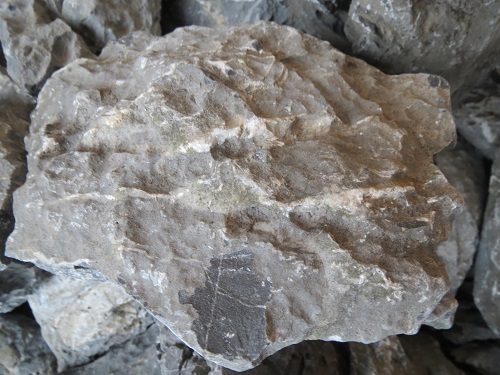 Grey Mountain Rock
Grey Mountain Rock
 Leopard Stone
Leopard Stone
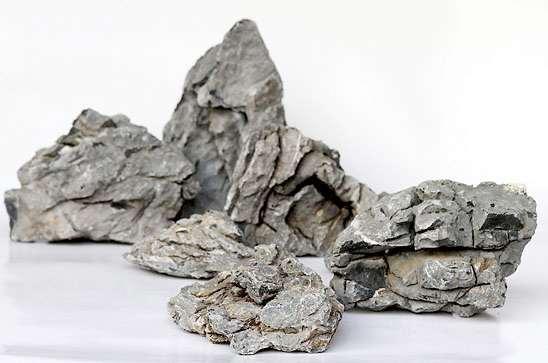 Mini Landscape Rock
Mini Landscape Rock
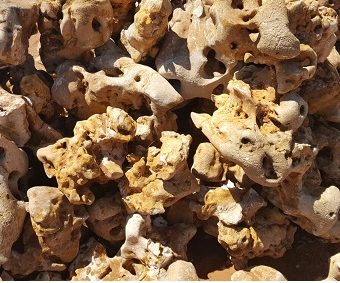 Moonstone Rock
Moonstone Rock
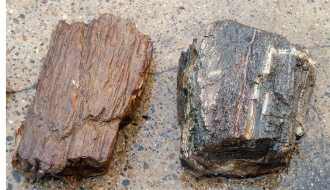 Stonewood Rock
Stonewood Rock
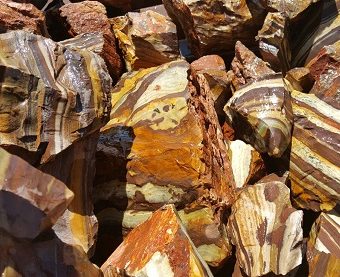 Zebra Stone
Zebra Stone
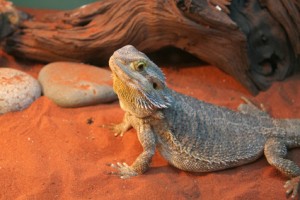 Red Dune Sand
Red Dune Sand